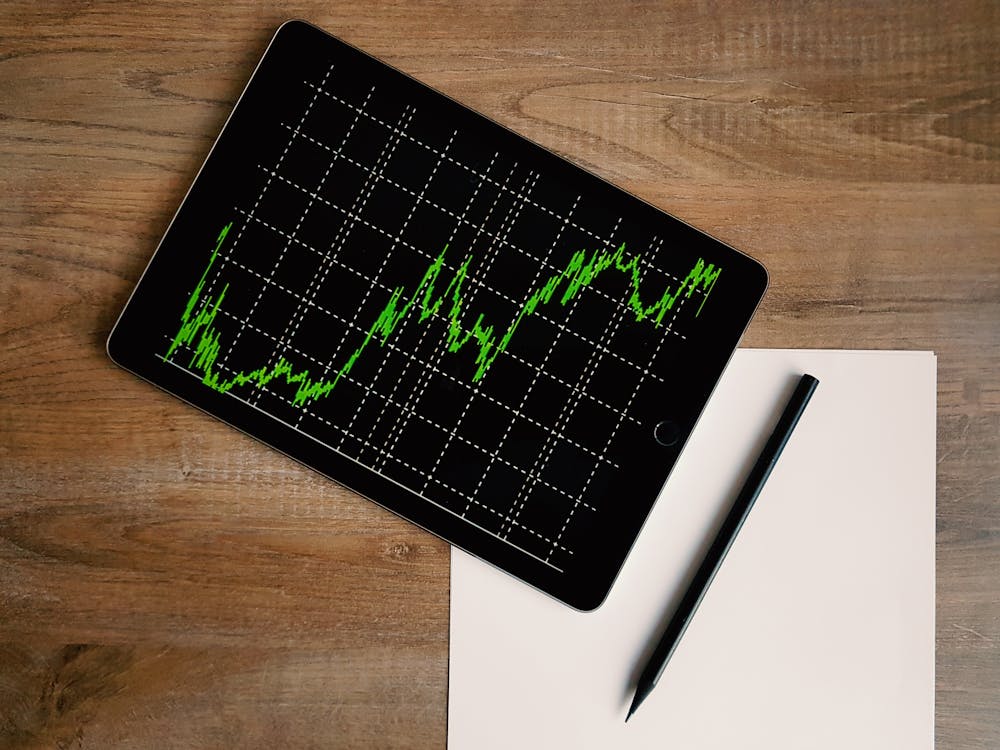 Image Source:
Image Source:
Recently, Goldman Sachs shocked investors with its analysts’ stock market forecast for the next ten years. Stock returns have roared for the last decade, and investors who count on continued low-teens annual returns could be severely disappointed. More importantly, if your retirement goals and plans rely on continued excellent stock returns, you may not be able to retire as you hope.Here are the details of Goldman’s forecasts:
JP Morgan is not quite so pessimistic, but its forecast of 5.7% annual stock market returns for the next decade is nothing to get excited about.These predictions point out the problem of counting on stock market gains to reach your financial and retirement goals. Stocks can be extremely volatile. They can go into bear markets that take years to recover, and, as these predictions note, they can go decades producing below-average returns.One reason I came up with my Dividend Hunter strategy is the potential for a stock returns-based portfolio to lose a lot of its value at the worst possible—time during retirement. My strategy involves investing in a portfolio of high-yield investments, with a focus on building cash income. Stock returns are not predictable…but dividend income is.That doesn’t mean you can pick up any old high-yield stocks or ETFs. Like the rest of the stock market, the high-yield universe has a great range of risks. I look for investments with secure dividend payments, companies that pay through the ups-and-downs of the stock market.A good example is Starwood Property Trust (). This finance REIT has paid a $0.48-per-share quarterly dividend every quarter for over a decade. STWD yields 9.6%, which is a cash return investors can count on.The Dividend Hunter recommended portfolio has about 30 investments like this, with an average yield of 8% to 9%. It also includes quite a few dividend growth investments. If you reinvest dividends, you can compound your income stream, no matter what the stock market does.More By This Author:

